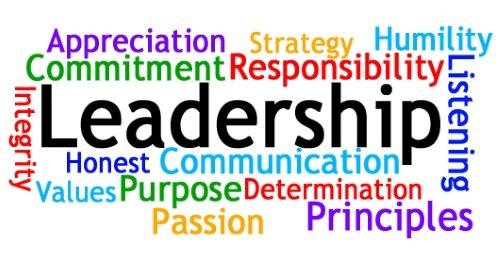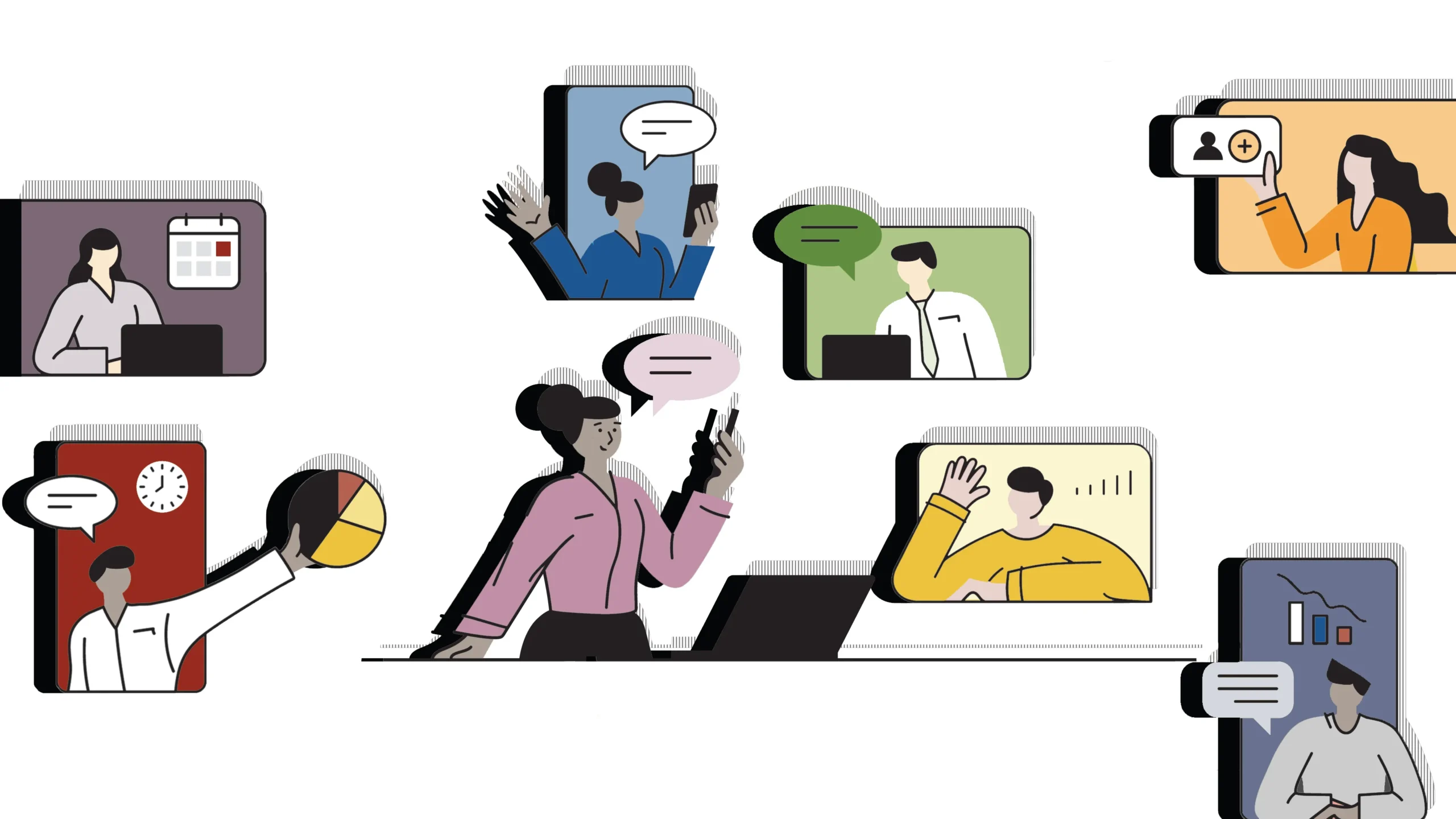Leadership isn’t what it used to be.
And honestly? That’s a relief.
The old playbook—top-down control, charisma theater, performance reviews as power plays—wasn’t working even when the world was “normal.” Now, in a time of algorithmic management, mass layoffs, rising neurodivergence, and collapsing trust in institutions, it feels absurd. Like we’re all pretending that if we just optimize harder, the system won’t eat us alive.
But people don’t need optimization. They need oxygen.
They need leadership that gives them room to breathe, to think, to belong.
That’s what I mean when I talk about human-first leadership.
Beyond Good Intentions
In many leadership circles, I often hear definitions that orbit around the same core ideas:
- That leadership is about improving the lives of others—helping, uplifting, empowering.
- That leadership means inspiring people to do their best work, often through vision, encouragement, or example.
- And that servant leadership is fundamentally about supporting other leaders, especially by recognizing their efforts and contributions.
These perspectives aren’t wrong. They’re meaningful. They speak to care, generosity, and community—all things we should value in leadership.
But here’s where I think we should push a little further.
These definitions tend to emphasize intent over infrastructure. They focus on personal influence without accounting for the systems we’re leading within. They can subtly frame leadership as something that happens through individual excellence—rather than collective responsibility and structural change.
Improving lives is important. But are we asking about what is causing the harm in the first place?
Inspiring others is great. But are we making space for people who aren’t easily “inspired” because the system doesn’t recognize their value?
Supporting other leaders matters. But what does it mean to support leaders who don’t match the dominant model—who are quieter, slower, less polished, more direct, more disabled, more neurodivergent?
Leadership isn’t just about how we make people feel. It’s about what we build and unbuild together.
Human-First, Not Human-As-Resource
Human-first leadership is about starting from the premise that people are not cogs or KPIs. They’re not tools to be “utilized.” They’re human beings living through overlapping crises while still trying to ship code, hit metrics, and show up to one more meeting that should’ve been an email.
This doesn’t mean we throw performance out the window. It means we stop pretending performance happens in a vacuum. Psychological safety, clarity of expectations, and a sense of shared purpose aren’t “extras.” They’re the operating system.
In practice, this means a leader’s first job isn’t to drive velocity—it’s to create the conditions where velocity becomes possible. That includes:
- Protecting time and attention.
- Making space for disagreement.
- Calling out injustice, even when it’s subtle.
- Giving people permission to not be fine all the time.
- Communicating expectations in a manner that allows for understanding.
It means leading with empathy—but not the empty kind that gets stapled onto a quarterly values deck. The kind that actually informs how we make decisions, give feedback, and design systems.
The Heart of Servant Leadership (That Most People Skip)
I believe in servant leadership—but I don’t mean the neutered, corporate-sanitized version that just means “be nice” while still hoarding all the power.
Real servant leadership is radical.
It says: power should flow through us, not stop with us.
It says: the most marginalized voices aren’t a liability—they’re the blueprint.
This version of leadership asks us to serve something beyond ego or company loyalty. We serve the team. We serve the mission. We serve the future we claim to care about.
And sometimes, that means being the one who shields the team from a storm they didn’t ask for. Sometimes it means standing up—not just for the people in the room, but for the ones the room forgot.
Neurodivergence and the Art of Leading Differently
For those of us who are neurodivergent—ADHD, autistic, trauma-wired, or just not built for the performative “norms” of corporate life—this kind of leadership isn’t aspirational. It’s necessary.
We don’t succeed despite how our brains work. We succeed when we’re allowed to lead in ways that align with how we process, communicate, and connect.
That might look like:
- Embracing rhythm instead of demanding rigidity.
- Designing systems that reduce decision fatigue instead of adding to it.
- Being transparent when we’re struggling—instead of masking to meet some myth of “executive presence.”
We don’t need more neurodivergent leaders to learn to pass.
We need more systems that are flexible enough to meet us where we already are.
Some of the most effective, grounded, and courageous leaders I’ve worked with were the ones who couldn’t sit still in meetings. Or who needed more context. Or who caught things others missed entirely. Because that’s the gift: when we lead from difference, we often build something others couldn’t even imagine.
So What Is Leadership, Then?
Leadership is the act of creating safety, clarity, and integrity in systems that often lack all three.
It’s not about being in control. It’s about being in service.
It’s not about being the smartest person in the room. It’s about making the room smarter, safer, and more just.
It’s knowing that your real job isn’t to fix people—it’s to protect space for them to grow. And that sometimes the most impactful thing you can do as a leader is to get out of the damn way.
That’s the kind of leadership I try to practice.
The kind rooted in progressive values, shaped by lived experience, and animated by the belief that better is possible—even here, even now.
And in a time when so much feels broken, extractive, or automated into oblivion—that might just be the kind we need most.
What does Leadership mean to you? I’d love to have a conversation about this and any other topic you’d like to discuss – I’d love to hear where I’m completely off-base, or where these ideas resonate.




